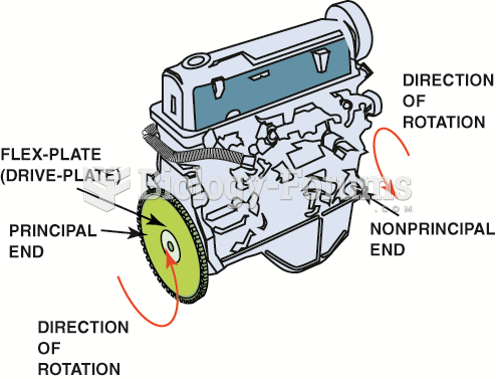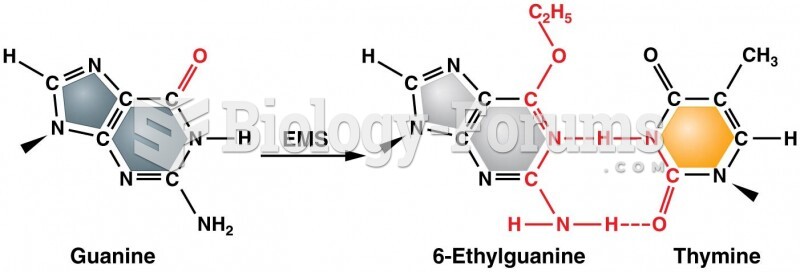A principal's ratification is:
a. an agent's acceptance of responsibility from the principal
b. the principal's acceptance of responsibility for an agent's activities c. the principal's rejection of responsibility for an agent's activities
d. the principal's acceptance of property from an agent e. an agent's acceptance of property from the principal
Question 2
Trademark Infringement. Nike, Inc, manufactures and markets footwear, apparel, and related accessories. To identify its products, Nike uses the word Nike and/or a swoosh de-sign as its trademarks. From 1977 through 1991, Nike spent more than 300 million advertising the trademarks. Since 1971, sales revenues for items bearing the trademarks have exceeded 10 billion. Nike began using the phrase Just Do It in 1989 as a slogan for its sweatshirts, T-shirts, caps, and other accessories. Sales revenues for Just Do It items have exceeded 15 million. Nike, the swoosh design, and Just Do It have gained widespread public acceptance and recognition. Michael Stanard is an award-winning commercial artist whose works include, among others, the trademark Louisville Slugger printed on baseball bats. As a summer pro-ject, he and his daughter decided to market his first name, Mike, as a takeoff on the Nike logo. They named their project Just Did It Enterprises and concentrated on marketing T-shirts and sweatshirts to members of the general public with the given (first) name of Michael. They also mailed brochures to college athletes and celebrities named Michael. Sales were entirely by mail order. Approximately two-thirds of those purchasing the shirts were named Mike. Stanard believed that the other third probably bought a T-shirt for a friend, relative, or loved one named Mike. Ultimately, the project lost money. Nike sued Stanard for trademark infringement. Sta-nard argued that the word play was humorous and constituted a fair use of the trademarks as a parody. Should the court rule that Nike's trademark had been infringed? Explain.







